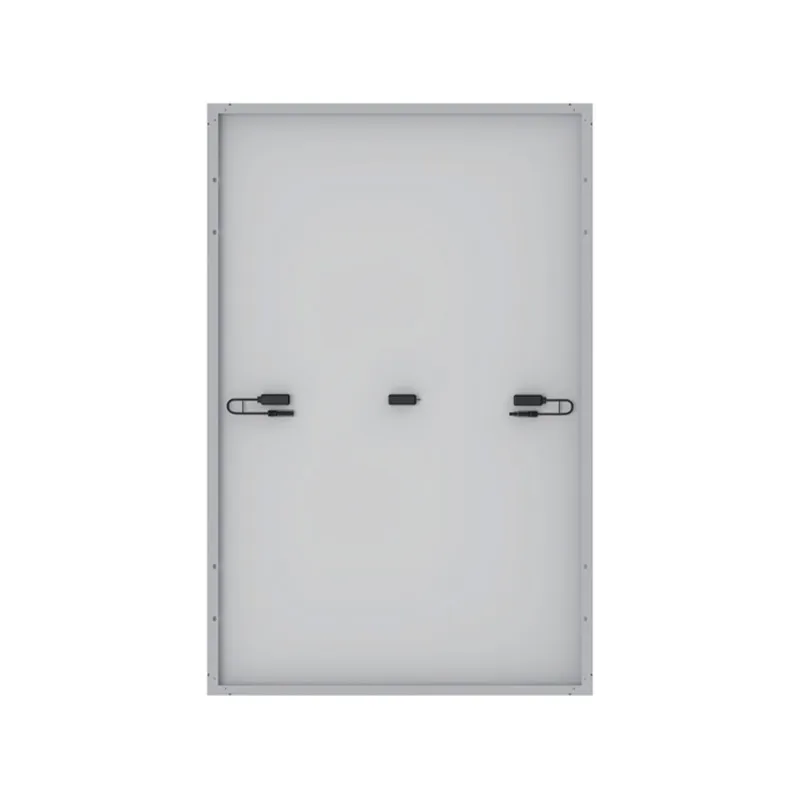Exploring the Costs and Benefits of a 400 Watt Solar Panel for Your Home
Understanding the Cost of 400 Watt Solar Panels
In an era focused on sustainability and renewable energy, solar power has emerged as a leading technology for harnessing energy. Solar panels, particularly the 400-watt variants, have gained significant traction among both residential and commercial users looking to reduce their carbon footprint and energy bills. However, understanding the costs associated with these solar panels is crucial for making informed decisions when upgrading or investing in solar energy systems.
The Basics of 400 Watt Solar Panels
A 400-watt solar panel is a high-capacity photovoltaic (PV) module capable of generating a substantial amount of electricity. These panels are particularly attractive for homeowners and businesses with considerable energy demands or limited roof space, as fewer panels may be needed to meet their energy needs compared to lower-rated models.
Factors Influencing the Cost
1. Quality and Brand The cost of solar panels can vary significantly based on the brand and quality of the products. Well-established brands often come with a premium price due to their reputation, warranties, and efficiency ratings.
2. Type of Solar Panel There are primarily two types of solar panels—monocrystalline and polycrystalline. Monocrystalline panels, known for their higher efficiency and longevity, typically come at a higher cost than polycrystalline panels.
3. Installation Costs While the price of the solar panel itself is important, installation costs can significantly affect the total expenditure. Professional installation is recommended to ensure optimal performance and safety, which may add anywhere from $1,000 to $3,000 to the overall cost, depending on the complexity of the installation and local labor rates.
400 watt solar panel cost

4. Inverters and Additional Equipment In addition to the panels, a solar energy system requires inverters and other components like mounting systems and wiring. Depending on the type of inverter selected (string inverter vs. microinverter) and the additional hardware needed, costs will vary.
5. Incentives and Tax Credits Various government incentives and tax credits can significantly reduce the overall cost of solar installation. In the United States, for instance, the federal solar investment tax credit (ITC) allows homeowners to deduct a percentage of their solar panel costs from their federal taxes. Understanding available incentives in your region is crucial to determine the net cost of the solar system.
Average Costs
As of 2023, the average cost of 400-watt solar panels typically ranges from $250 to $500 per panel. This price can fluctuate based on the factors mentioned above.
For a complete solar energy system, the total investment could range from $10,000 to $25,000, depending on the number of panels needed, the type of inverter installed, and the installation complexity. It is important to note that the cost per watt tends to decrease as the size of the solar installation increases, making larger systems more cost-effective on a per-watt basis.
Conclusion
Investing in 400-watt solar panels can be a significant financial commitment, but the long-term benefits often outweigh the initial costs. By understanding the factors that impact pricing, including brand, type, installation, and available incentives, consumers can make informed decisions that align with their financial goals and energy needs. As technology and economies of scale continue to advance, the affordability of solar energy is likely to improve, making it an appealing option for households and businesses seeking energy independence and sustainability.
-
Unlocking Energy Freedom with the Off Grid Solar InverterNewsJun.06,2025
-
Unlock More Solar Power with a High-Efficiency Bifacial Solar PanelNewsJun.06,2025
-
Power Your Future with High-Efficiency Monocrystalline Solar PanelsNewsJun.06,2025
-
Next-Gen Solar Power Starts with Micro Solar InvertersNewsJun.06,2025
-
Harnessing Peak Efficiency with the On Grid Solar InverterNewsJun.06,2025
-
Discover Unmatched Efficiency with the Latest String Solar InverterNewsJun.06,2025







